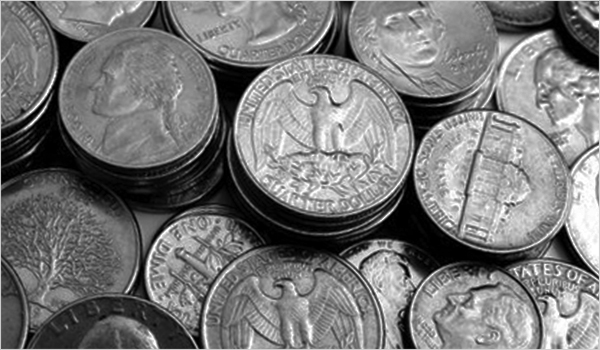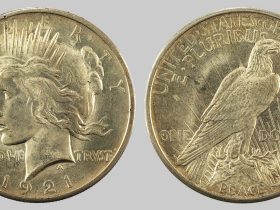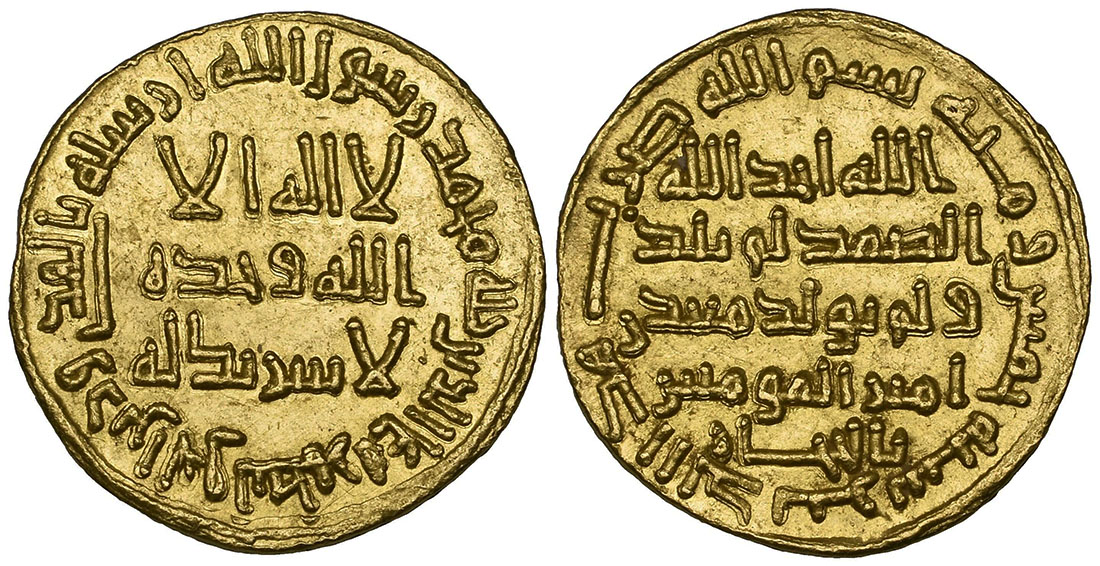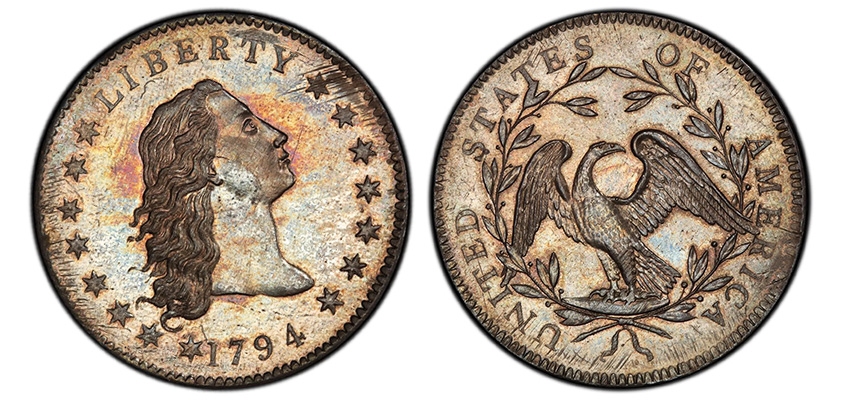Value for Old U.s. Coins differ greatly in terms of the year of minting, the condition of the coin, the composition of the coin, the number of pieces that were released, its aesthetic appearance, and even its popularity.
Old American Coin Values sometimes also dwindle because of silver melting and other practices degrading the face value of the mints.
Numismatists have carefully distinguished the Value for Old U.S. Coins especially the rare ones which are sold with whopping prices for the circulated and uncirculated mints.
These are first appraised by licensed authorities and some are put up for auctions so Old American coin value scale higher than ever or they are sold with a fixed price.
Auctions online and in auction houses also allow collectors to be more abreast with the Value for Old U.s. Coins and the latest discoveries in the coin collecting world.
Collectors are careful with the details to lookout for that would tell them that the coins they collected are worth keeping.
Certain online sites show collectors the progression of the Value for Old U.s. coins so that they can keep track of prices of their coins and the other coins they’re planning to acquire and give tips to make sure that they are able to keep the values intact despite the changes due to environmental factors.
Coin silver melting habits of junk silver coins & other coins has presented a threat to the value of old U.S. Coins in the past decades. A US law since 2006 ban coin melting.
Most numismatists or coin collectors still respect the intrinsic face value of their collection and preserve them as they are by putting them up in coin capsules.
Other than the composition and their historical Value for Old U.S. Coins, these American antique coins also boost the patriotic fervor of the American people as they are able to preserve their national legacy for the generations to come.
Coin grading services and how to determine the worth of old US coins
The price or value of your coins is dependent on several factors. One very important factor to consider in determining the value is the condition of the coin also known as the coin grade.
Coin grading
Coin grading is the process of evaluating the condition or state of a collectable coin by looking into the amount and type of damage and wear (e.g. scratches or hairlines) you can find on a coin surface, the quality of the coin strike (weak strikes bear hardly visible coin design), the luster or shine of the coin, and its overall appeal.
The process should be done by a professional coin grader and authenticator for a grade to be considered reliable and acceptable to numismatists. A 70-point Sheldon scale is used by many coin graders as a grading standard with P-1 as the lowest or of poor quality and MS-70 as the highest.
Graded coins are usually sold and paid at a premium or higher than non-graded coins.
Pre-grading your coins
You can also practice grading coins your old US coins. Basic coin supplies to be used in the process are coin loupes with 5x to 7x magnifying power (expert graders use up to 10x magnification), a halogen lamp, a flashlight, coin gloves, and coin tongs.
Coin appraisal
Coin appraisal is the method of determining a coin’s worth in the market. Just like coin grading, only certified professionals should perform coin appraisal services because it requires sufficient amount of knowledge, skills, experience, and intuition to come up with the most accurate and realistic coin price.
You may find offers such as online coin pricing in coin collecting websites. Pricing through the web can be done by sending the appraiser a photo and description of the coin that a collector wants to be valued.
This may often sound convenient at first but even appraisers themselves would prefer that coins are valued personally to assure accuracy and to save more time.
Coin price guides and the coin collecting market
Any type of coin collector and coin dealer needs coin price guide not only to know the current value of any collectible coins, but also to study the trends of the numismatic market.
Compare coin prices from various online price guides and printed coin catalogs. Evaluate the changes of coin prices from the previous years to the current year. These are just few ways to analyze the factors that affect and influence coin values.











Leave a Reply